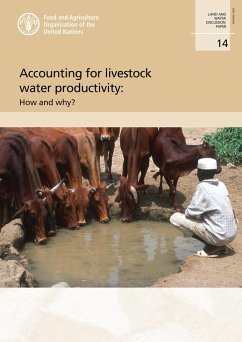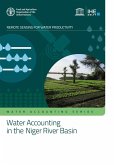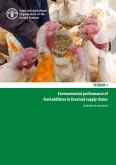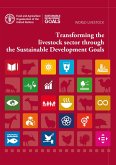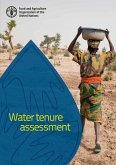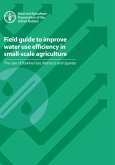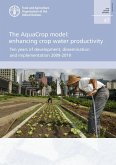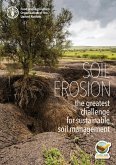The assessment of water productivity in livestock supply chains has a critical role to play in developing productive and sustainable food production systems worldwide. In particular, the evaluation of water productivity improvement options is key to addressing growing food demand and the projected impacts of climate change under conditions where the availability of land and water resources is increasingly limited. In this report, we review current applications of water productivity analysis in livestock supply chains. To do so, we analysed 50 livestock water productivity studies carried out in various regions of the world from 1993 to the present time. We reviewed the assessment goals, system boundaries, methodological approaches, water flows, modelling tools, databases, livestock species and the main findings in each of the studies. We found that there was no consistency in the methods and approaches used to assess water productivity in livestock production chains. The studies varied widely in terms of their assessment goals, methodology, and the sources of water used for the analysis. The main methodological differences were the inclusion or exclusion of background processes, such as water input and the treatment of precipitation in accounting for water use in livestock production processes. Another key issue was the missing uncertainty assessment, which can be classified as input data uncertainty or model uncertainty, as well as choice uncertainties. The review recommends the further development of guidelines that ensure a consistent and coordinated application of water productivity analysis of livestock production systems world-wide.
Dieser Download kann aus rechtlichen Gründen nur mit Rechnungsadresse in A, B, CY, CZ, D, DK, EW, E, FIN, F, GR, H, IRL, I, LT, L, LR, M, NL, PL, P, R, S, SLO, SK ausgeliefert werden.

